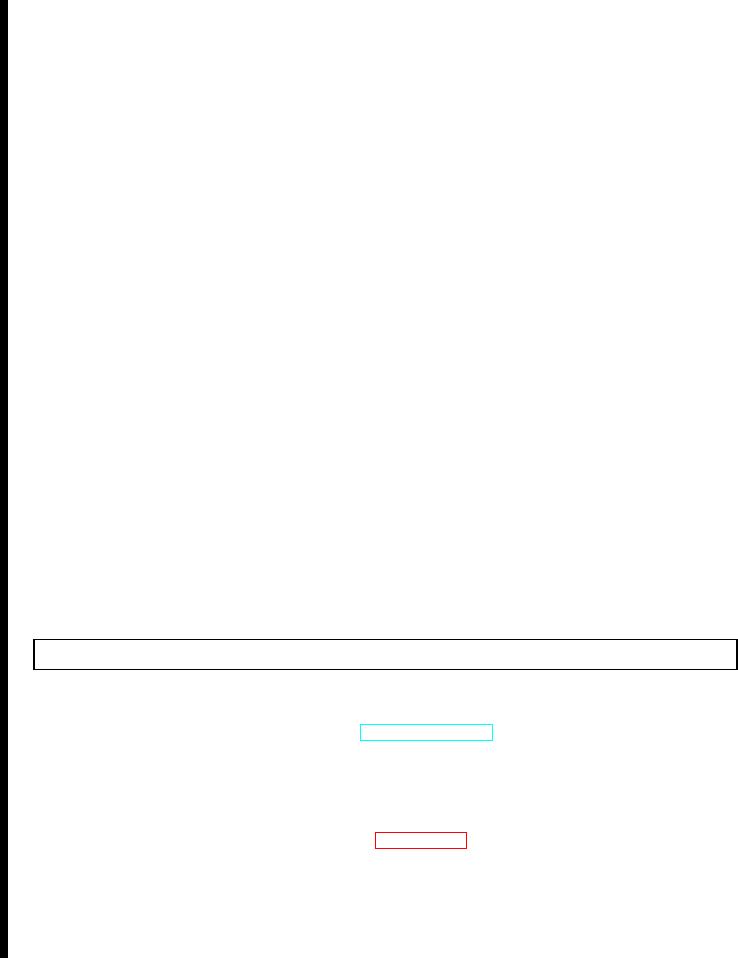
TM 5-2420-230-24-1
g. Remove/Install. To remove and install the same item when required to perform service or other maintenance
functions. Install may be the act of placing, seating, or fixing into position a spare, repair part, or module (component or
assembly) in a manner to allow the proper functioning of the equipment or system.
h. Replace. To remove an unserviceable item and install a serviceable counterpart in its place. "Replace" is authorized
by the MAC and the assigned maintenance level is shown as the third position code of the SMR code.
i. Repair. The application of maintenance services including fault location/troubleshooting,
removal/installation and disassembly/assembly procedures, and maintenance actions to identify troubles and restore
serviceability to an item by correcting specific damage, fault, malfunction, or failure in a part, subassembly, module
(component or assembly), end item, or system.
NOTE
The following definitions are applicable to the "repair" maintenance function:
Services - Inspect, test, service, adjust, align, calibrate, and/or replace.
Fault location/Troubleshooting - The process of investigating and detecting the cause of equipment malfunctioning;
the act of isolating a fault within a system or unit under test (UUT).
Disassembly/Assembly - The step-by-step breakdown (taking apart) of a spare/functional group coded item to the
level of its least component, that is assigned an SMR code for the level of maintenance under consideration (i.e.,
identified as maintenance significant).
Actions - Welding, grinding, riveting, straightening, facing, machining, and/or resurfacing.
j. Overhaul. That maintenance effort (service/action) prescribed to restore an item to a completely
serviceable/operational condition as required by maintenance standards in appropriate technical publications (i.e.,
NMWR). Overhaul is normally the highest degree of maintenance performed by the Army. Overhaul does not normally
return an item to like-new condition.
k. Rebuild. Consists of those services/actions necessary for the restoration of unserviceable equipment to a like-new
condition in accordance with original manufacturing standards. Rebuild is the highest degree of material maintenance
applied to Army equipment. The rebuild operation includes the act of returning to zero those age measurements (e.g.,
hours, miles, etc.) considered in classifying Army equipment/components.
B-3. EXPLANATION OF COLUMNS IN THE MAC, SECTION II.
a. Column (1), Group Code. Column (1) lists functional group code letters, the purpose of which is to group
maintenance significant components, assemblies, subassemblies, and modules. These codes also serve as a reference to
help locate the maintenance significant items in TM 5-2420-230-24P.
b. Column (2), Component/Assembly. Column (2) contains the names of components, assemblies, subassemblies,
and modules for which maintenance is authorized.
c. Column (3), Maintenance Function. Column (3) lists functions to be performed on the item listed in Column 2.
(For a detailed explanation of these functions, see paragraph B-2.)
d. Column (4), Maintenance Level. Column (4) specifies each level of maintenance authorized to perform each
function listed in column (3), by indicating work time required (expressed as manhours in whole hours or decimals) in
the appropriate subcolumn. This work time figure represents the active time required to perform that maintenance
function at the indicated level of maintenance. If the number or complexity of the tasks within the listed maintenance
function varies at different maintenance levels, appropriate work time figures are to be shown for each level. The work
Change 1
B-2

